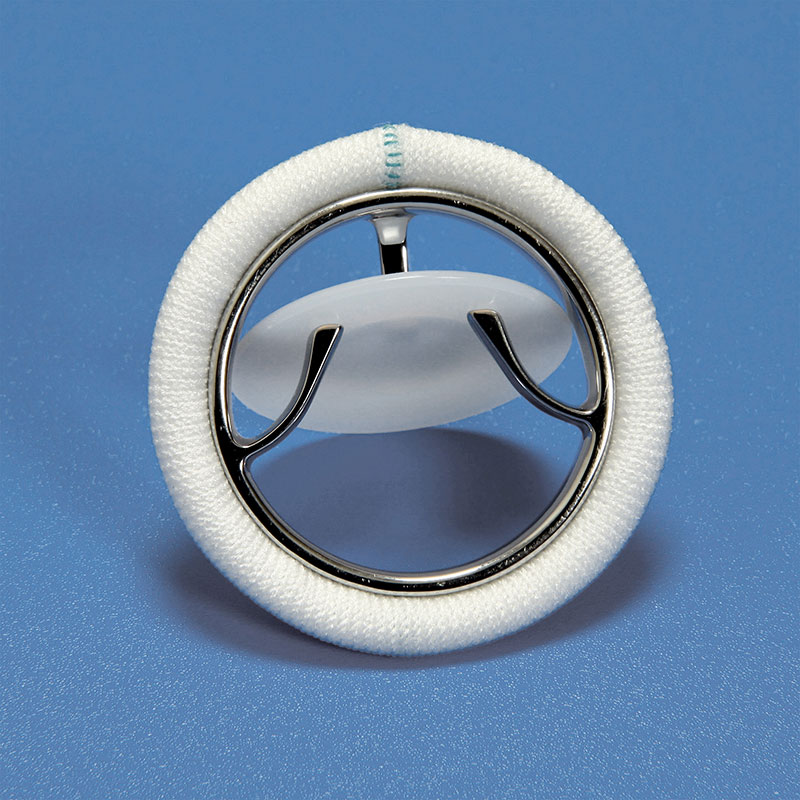The Challenge
In-human biomedical devices have to exhibit a range of very specific properties over the lifetime of the device. Key discoveries by the CSIRO in the 1990’s showed that it was possible to obtain biostable polyurethanes with optimised properties through a very specific combination of two key building blocks. These polyurethane elastomers exhibit excellent mechanical properties, which are attributed to the incorporation of both soft and hard building block segments in the polymer chain.
The Solution
The key to these discoveries is the controlled production of high-quality poly(hexamethylene oxide) (PHMO) and poly(dimethylsiloxane) (PDMS). Boron Molecular has now negotiated a license to the manafucturing process developed by CSIRO for the production PHMO and PDMS.

Impact
Over the last 15 years, the demonstrated long-term in-human biostabilty of the PHMO/PDMS combination, in polymers such as Elast-Eon®, for example, have shown significantly improved mechanical properties, processeabilty and excellent long-term biostability compared with other commercially available polyurethanes. The availability and futher commercilisation of high quality PHMO and PDMS from Boron Molecular now paves the way for the design and development of new biomedical polymers for a range of applications.
Dr Oliver Hutt, Director of Business Development said “The production of PHMO and PDMS is a futher continuation of Boron Molecular’s strategy to collaborate across the Australian innovation ecosystema nd commercialise Australian inventions for global consumption. PHMO and PDMS are good exaamples of bespoke low-volume, high-value materials for niche applications”


